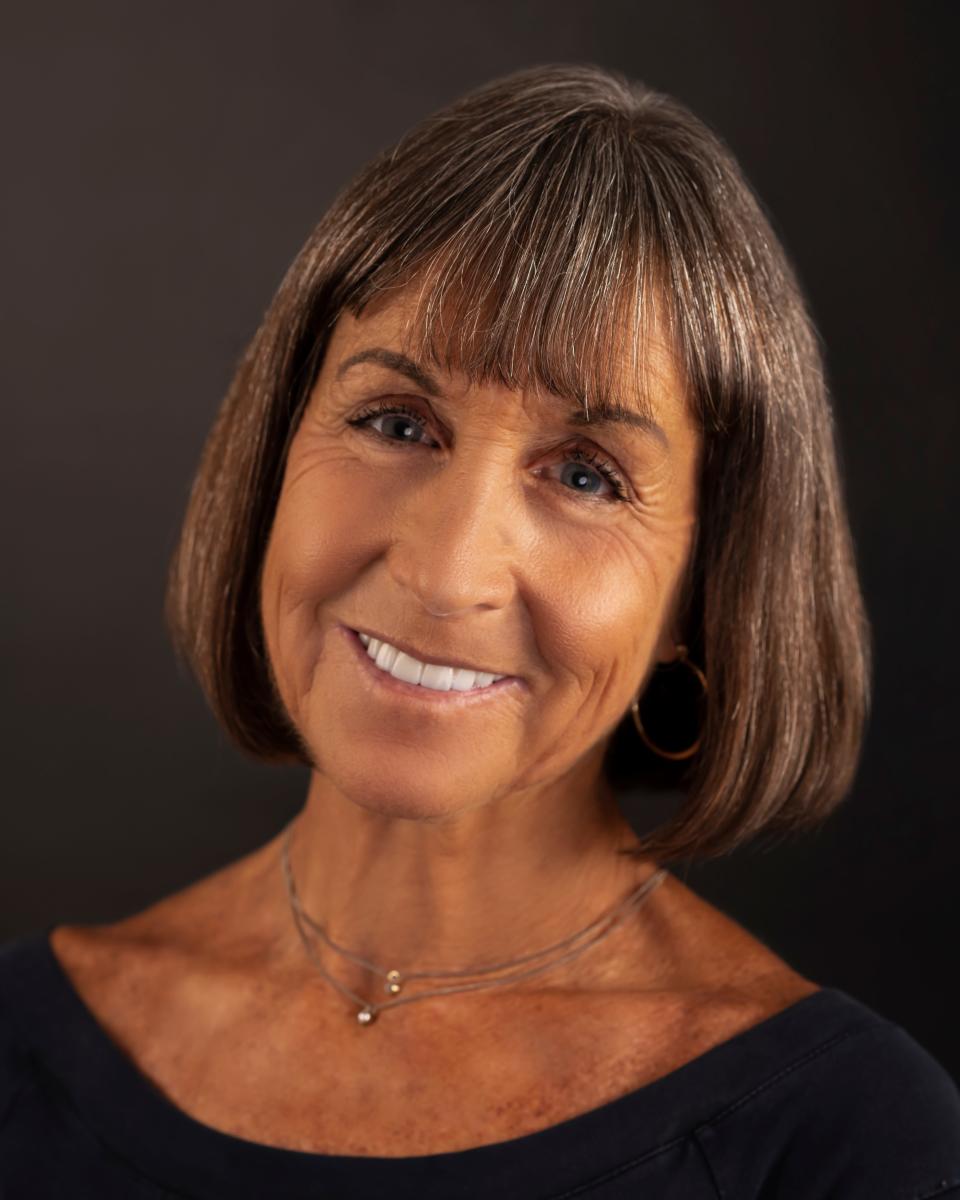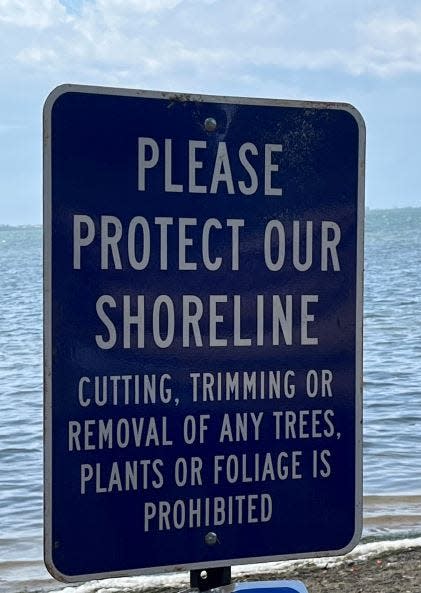New College's growing footprint could trample a beloved neighborhood
The Uplands is a residential neighborhood of 110 modest homes that sits on the Sarasota-Manatee county line north of New College of Florida and south of the University of South Florida Sarasota-Manatee.
Bordered on the east by U.S. 41 and the Sarasota-Bradenton airport, and on the west by the Sarasota Bay, the Uplands is a uniquely preserved pocket of old Sarasota, with lush vegetation, a plethora of wildlife, a spring-fed freshwater lake and undeveloped waterfront green space where neighbors walk their dogs, watch sunsets and stroll Uplands Boulevard, a dead-end internal subdivision street that is used more by pedestrians than vehicles.

All of that could change if a new master plan for growth put forth by the NCF Board of Trustees in February comes to fruition. The plan proposes to create a north/south thoroughfare by extending Uplands Boulevard at both dead ends, to stretch from the college’s west campus to the nine-acre parcel north of USF’s Powel Crosley estate it received from Manatee County last year, where it envisions building dormitories.
The grassy wetland centrally west of the neighborhood – which is now filled with native palms, oaks, mangroves and sea grapes and where the lake outlets to the bay – is the proposed site of the Freedom Institute, an estimated 75,000-square-foot building that will serve as a think tank “to engage the college’s students, the greater Florida community and the world to promote freedom of inquiry and champion tolerance of civil discourse among those of opposing views.”

Ironically, that 187 feet of waterfront land – plotted as part of the original Uplands and described by developer A.B. Edwards as “for use by homeowners” in a 1948 sales pitch for homesites on the land his ancestors homesteaded 80 years prior – was gifted to the college by the neighborhood in the 1960s, with the provision that it be left in its natural state.
More: Sarasota County must fund the 211 helpline now - or pay a heavy price later
At the moment, Uplands residents are poised for the release of a revised plan, which may or may not incorporate input from an open house in late January that was attended by about 140 residents – none of whom had previously seen the plan.
Since August, when she first learned of the revisions, Uplands’ resident Judy Burns has advocated for a neighborhood resident be appointed to the planning committee, noting New College of Florida President Richard Corcoran’s expressed commitment to “an open transparent process.”
“The neighbors have always had a good relationship with New College,” says Burns, a 1981 NCF graduate. “We share this land, we are good neighbors. So what we want is to be part of the collaborative process, not just to have documents shared with us after the fact.”
The neighborhood was included in planning discussions when updates to a previous master plan, implemented in 2015, were developed. That plan designated the waterfront area as a “preserve” and a “substantial natural resource” and envisioned only a pedestrian pathway through the greenspace.
But this time around, residents say they have not only been denied a seat at the table, their efforts to obtain information have been stymied. Moreover, they say the college is downplaying the proposed changes in order to avoid public scrutiny.
According to Florida Statute 1013.30, if an amendment to a campus master plan increases the density or intensity of the land use by more than 10%, it must hold two public hearings and undergo review by multiple state agencies that are given 90 days to provide feedback. Uplands’ residents believe the current proposed changes exceed the 10% allowed without review.
Meanwhile, along the waterfront – which is posted with signs saying “Cutting, trimming or removal of any trees, plants or foliage is prohibited" – a tree service recently cleared significant vegetation that neighbors say exceeded the “invasive species only” allowed to be eradicated without a permit.
In a statement issued by email through a spokesman, Corcoran said that, contrary to neighbors’ concerns, the college has made “personally connecting with members of the neighborhoods bordering our campus” a priority and has “received ongoing and valuable input” that “surpasses that of previous cycles.”
Corcoran also said a date for another public hearing will be announced “concurrently” with the release of the updated draft, though no date was given for that release.
When asked about the vegetation removal, Corcoran said it was part of a project – separate from the master plan revision – focused on “protecting and restoring the mangrove forest,” that was carried out in collaboration with the Florida Department of Environmental Protection.
Additional concerns from Uplands residents’ go beyond the exponential increase in traffic the changes would bring and the usual noise and light pollution arguments. Chief among them are the impacts that the Freedom Institute building and thoroughfare would have on the delicate balance of the ecological system. Right now the preserve not only offers a canopy of trees that is a rookery for birds and home to other wildlife, but serves as a stormwater catch area during heavy rains or major storms, preventing flooding in the neighborhood.
Located in a Federal Emergency Management Agency VE Flood Zone (defined as a coastal area with hazard from wave action), any construction there would need to be raised at least 14 feet from the ground (as is the elevation of the Uplands itself). Yet building heights in the area are limited due to regulations of the adjacent airport.
Also, many Uplands’ homes are still on septic systems, and there is a Manatee County lift station at the north dead-end of Uplands Boulevard, serving those with sewers that would have to be relocated if the road is extended.
Burns says the Uplands (neighborhood) Association is among the 30 “affected” entities the revised master plan will be released to, after which the 90-day clock to approval will begin ticking. Others include the city of Sarasota and both Sarasota and Manatee counties, each of which have oversight over different parts of the Uplands.
“Once they send it out for review, we may see the changes,” Burns says. “But once the master plan has been stamped and approved, it can happen at any time.”
Karen Stack, a resident of the Uplands for eight years, calls the situation another Sarasota “David and Goliath story.”
“We have only very big neighbors, including the airport, which is tripling in size," Stack says. "It would be amazing if they’d treat us as a serious partner in all the progress. But they are building over a little neighbor because we don’t have the money to fight it. And once this is gone, it’s gone.
“We’re one small neighborhood," Stack says. "But if it happens here, it’s going to happen elsewhere.”
Contact Carrie Seidman at carrie.seidman@gmail.com or 505-238-0392.
This article originally appeared on Sarasota Herald-Tribune: New College's building spree puts a small neighborhood at risk

